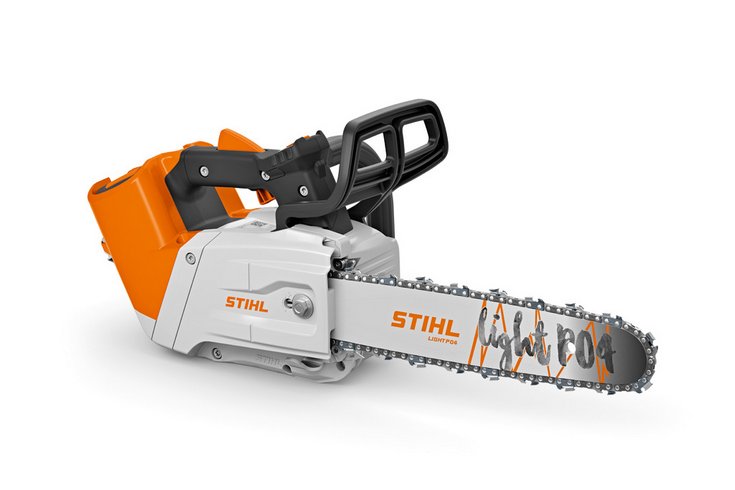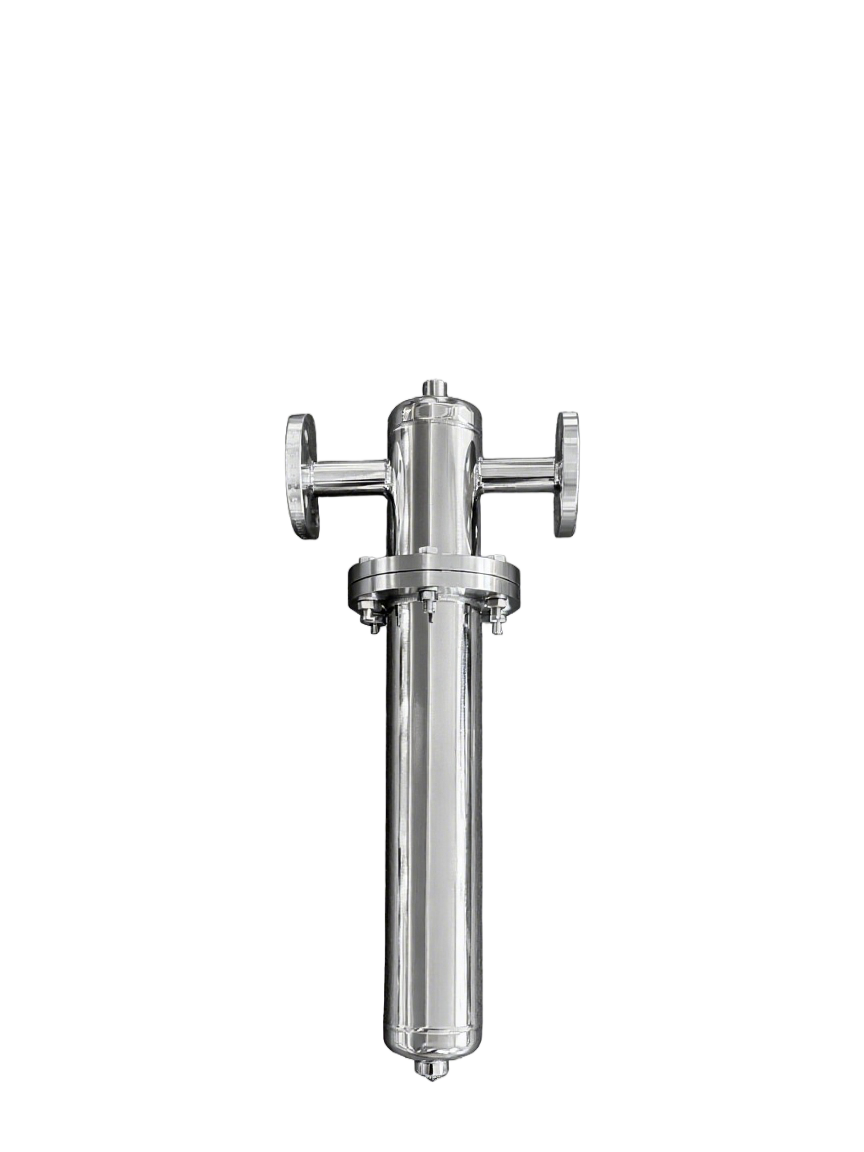Saw blades are vital tools in various industries, from woodworking to construction, and maintaining their sharpness is crucial for optimal performance. However, when faced with dull or damaged saw blades, it's essential to consider whether sharpening them or purchasing new ones is the better option. In this article, we'll delve into the factors that influence this decision to help you make an informed choice that maximizes efficiency and cost-effectiveness.
1. Blade Condition Assessment:
- Extent of Damage: Assess the extent of damage or wear on the saw blade. Minor dullness or nicks can often be addressed through sharpening, while severe damage such as broken or excessively worn teeth may warrant replacement.
- Frequency of Sharpening: Consider how frequently the blade has been sharpened in the past. Over-sharpening can weaken the blade and reduce its lifespan, making replacement a more viable option in some cases.
2. Cost Considerations:
- Sharpening Costs: Sharpening services or equipment costs may vary depending on the type and size of the saw blade. Evaluate the cost-effectiveness of sharpening compared to purchasing a new blade, taking into account the quality and expected lifespan of the sharpened blade.
- Replacement Costs: Compare the cost of purchasing a new saw blade to the cost of sharpening the existing one. In some cases, especially for high-quality or specialized blades, replacement may be more expensive but offer better long-term value in terms of performance and durability.
3. Performance and Efficiency:
- Sharpening Quality: Consider the quality of sharpening services or equipment available. Improper sharpening techniques or equipment may result in uneven sharpening, reduced cutting efficiency, and premature wear, negating the benefits of sharpening.
- New Blade Performance: Evaluate the performance benefits of a new saw blade, such as improved cutting precision, faster cutting speed, and reduced material waste. A new blade may offer superior performance compared to a sharpened one, especially for demanding or high-volume cutting tasks.
4. Time and Convenience:
- Downtime Considerations: Factor in the downtime associated with sharpening versus replacing the saw blade. Sharpening may involve waiting for the blade to be serviced or spending time sharpening it yourself, whereas purchasing a new blade offers immediate availability.
- Long-Term Maintenance: Consider the long-term maintenance requirements of sharpened versus new blades. Sharpened blades may require more frequent maintenance and sharpening sessions, whereas new blades may offer longer intervals between maintenance tasks.
5. Application and Workload:
- Workload Intensity: Assess the intensity and frequency of use in your specific application. For heavy-duty or continuous cutting tasks, a new blade may offer better performance and longevity compared to a sharpened one.
- Specialized Requirements: Consider any specialized requirements or performance characteristics needed for your application. In some cases, such as precision cutting or specialized materials, a new blade with specific features may be necessary to achieve desired results.
Conclusion:
In conclusion, the decision to sharpen saw blades or buy new ones depends on various factors, including blade condition, cost considerations, performance requirements, time and convenience, and application workload. By carefully evaluating these factors and weighing the pros and cons of each option, you can make an informed decision that maximizes efficiency, performance, and cost-effectiveness for your specific needs.


